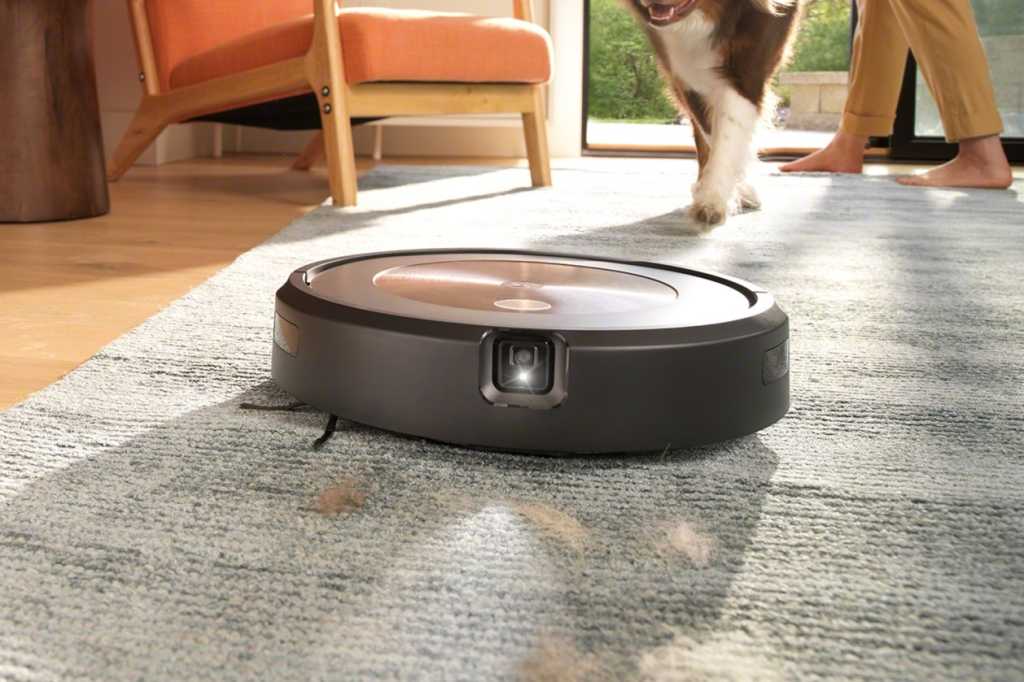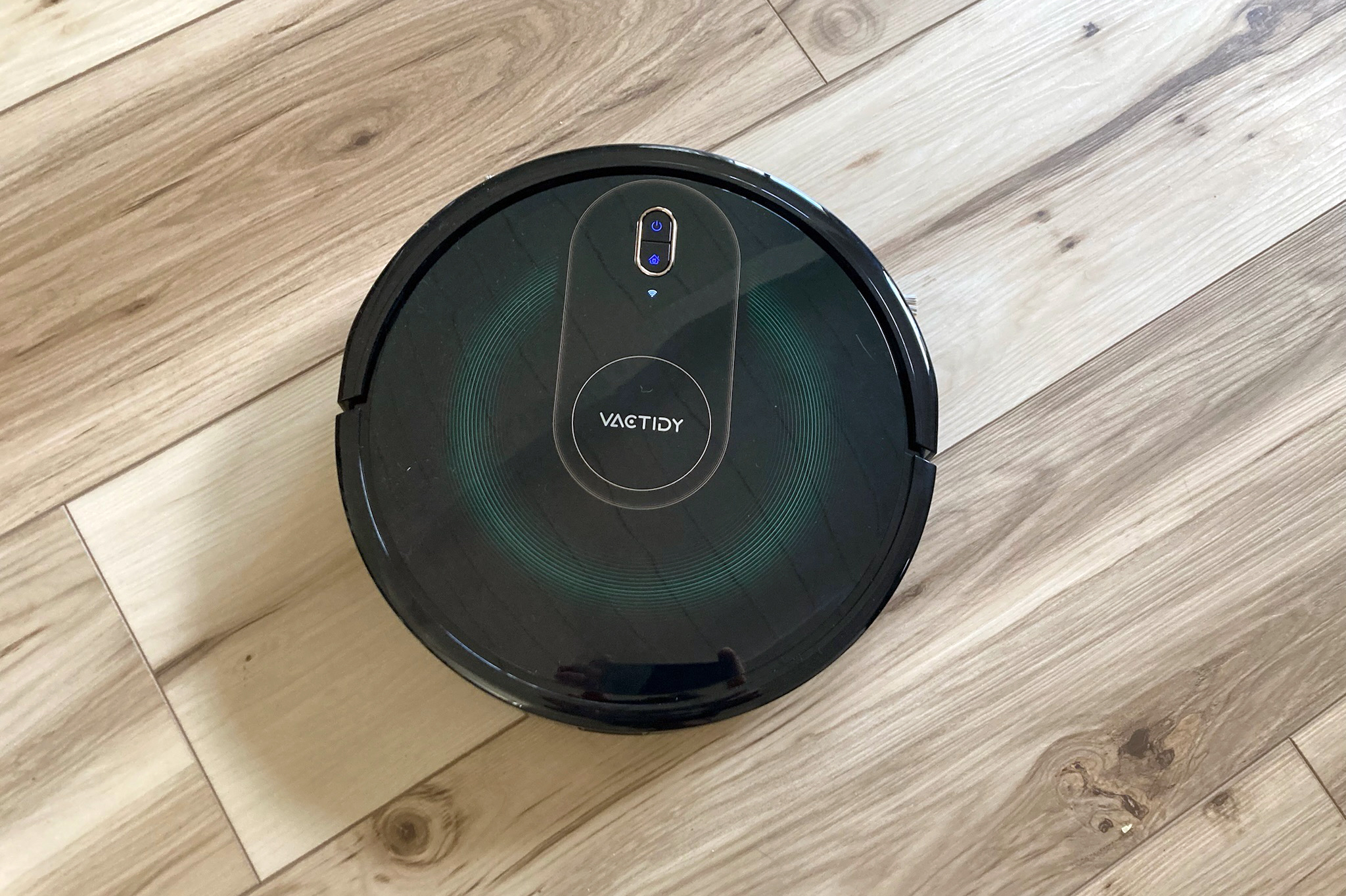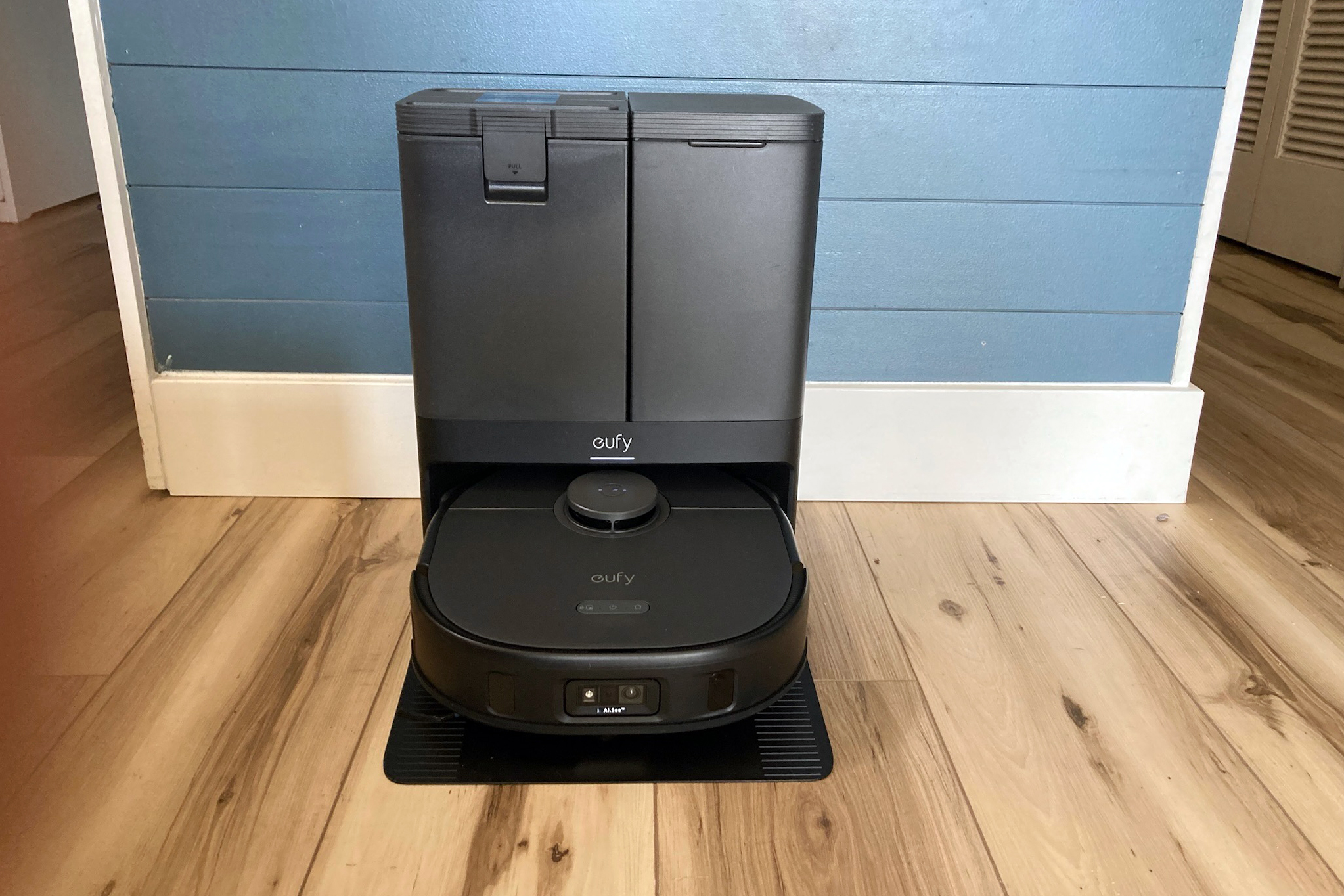The robot vacuum market is booming, with more innovative and diverse models hitting the shelves every week. These household helpers are becoming increasingly sophisticated, with features ranging from intricate mapping capabilities to integration with home automation systems.
This explosion of options, while exciting, also brings a significant challenge: choosing the right robot vacuum for your home has never been more complicated.
That’s where we come in. We take the testing of robot vacuums and mops seriously. Understanding that these devices are designed to make life easier, we put them through a rigorous set of tests to determine how well they perform in real-world settings.
Where and how we test robot vacuums
Robot vacuums and mops are used in dynamic home environments and not controlled laboratory settings, so that is where we test them.
This feature is part of TechHive’s in-depth coverage of the best robot vacuums.
Over several days, we conduct multiple whole-home test runs with each robot vacuum, evaluating its performance on a diverse range of surfaces including laminate, tile, area rugs, and low- to medium-pile carpets. This allows us to observe how these robots handle common everyday messes that will translate to the user’s experience more accurately. We then also perform some additional standardized tests to better quantify cleaning performance.
Our comprehensive testing process includes evaluating obstacle avoidance, debris removal, hair handling capabilities, mopping, battery life, noise levels, and smart features. Here’s a close look at each.
We test robot vacuums and mops in dynamic home environments to mimic real world use.
Michael Ansaldo/Foundry
Obstacle avoidance
Few homes are showroom tidy, so a robot vacuum’s ability to navigate around common household items is crucial for hassle-free operation.
To help us determine how well a robot can maneuver in a cluttered environment, we scatter various objects such as shoes, socks, backpacks, and USB cables across the floor before every test run.
We also observe how well the robot traverses various floor types and thresholds, whether it bumps into walls and furniture and, if so, how forcefully it does so. This allows us to identify any potential flaws in the robot’s design or programming.
Mapping and navigation
Higher-end robot vacuums use laser light and advanced algorithms to map your home and plot efficient cleaning paths.
For these models, we start by evaluating the initial mapping run to see how effectively the robot can map out an area. We check the accuracy of the generated maps and observe how well the robot navigates the space. Does it move in logical, efficient patterns, or does it seem to wander?
We also note if it ever gets lost or stuck, which can be a major inconvenience for users.
Solid debris test
After every test run, we visually assess how effectively the vacuum handles common household debris such as dust, dirt, and food crumbs on different floor surfaces. We look for missed spots, particularly along edges and in corners.
Eye tests are subjective, though, so we also test vacuum suction by spreading 1/3 cup (around 60 grams) each of rice and cat litter across both hard flooring and carpet. Before and after running the vacuum, we weigh the debris bin to measure exactly how much of the mess has been picked up.
This dual approach allows us to not only quantify the cleaning performance on large and small particles but also to assess its thoroughness to the naked eye.
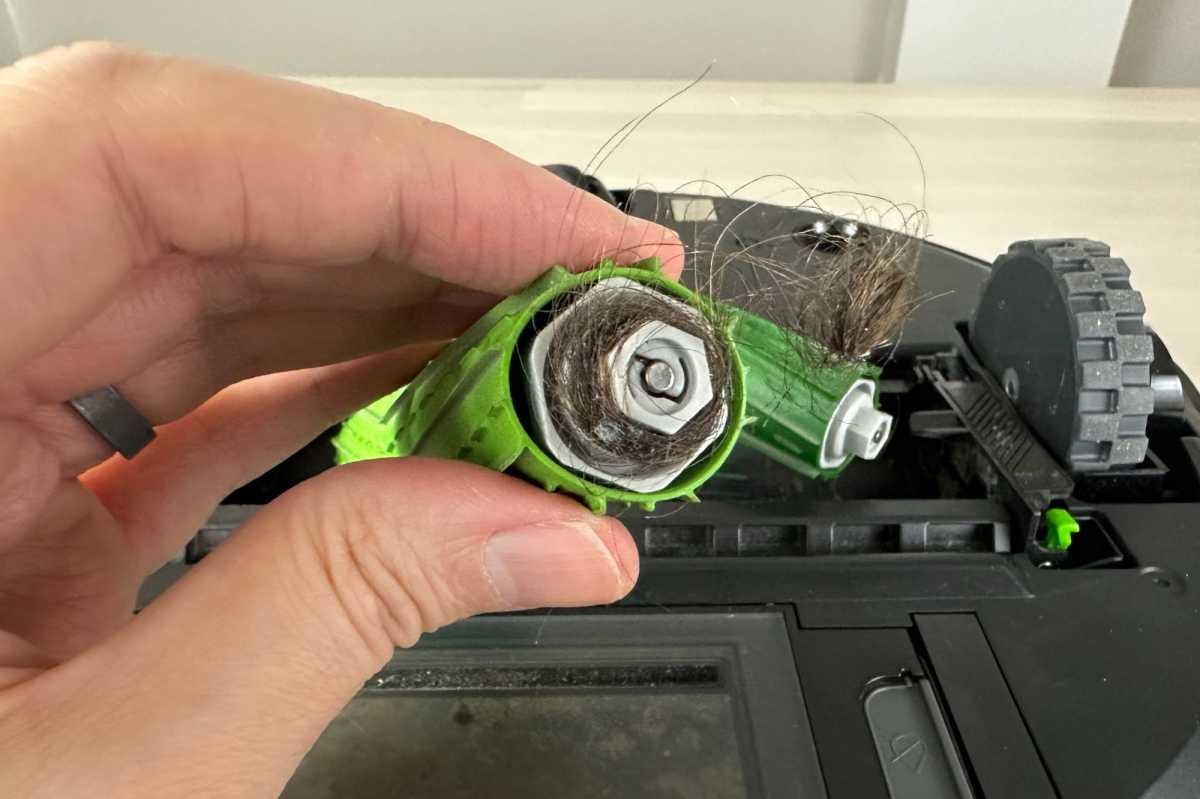
Ben Patterson/Foundry
Pet and human hair
Dealing with hair—whether it’s from pets or humans—is a significant challenge for any vacuum. In homes with pets and individuals with long hair, we look at how effectively the robot vacuum collects hair without getting its brushes tangled.
As hair is larger—and therefore easier to see—than most other household detritus, we perform a visual assessment of the floor and dustbin after each test run.
We also check how complicated it is to remove any hair that is wrapped around the brushes, an important factor for maintenance and overall user satisfaction.
Mopping
For models that include mopping capabilities, we conduct specific tests to assess their cleaning effectiveness. We apply a small amount of a sticky substance like jelly to the floor to simulate a common household spill and see how well it removes it or if it merely spreads the mess around.
We also observe how these robots manage to keep carpets dry if they cross over them while mopping.
Additionally, we examine features like auto-cleaning of mop heads, the cleanliness and maintenance of water tanks, and whether there is any odor development after repeated use.
Battery life
A robot vacuum’s battery life is critical, especially in larger homes. In our tests, we evaluate whether the vacuum can complete a typical cleaning cycle on a single charge.
We note if the robot needs to return to its charging dock before finishing, which could interrupt the cleaning process and potentially leave areas untouched.
We also assess the charging process itself: how efficiently the robot docks, any issues with aligning to the charging contacts, and the overall reliability of the charging system.
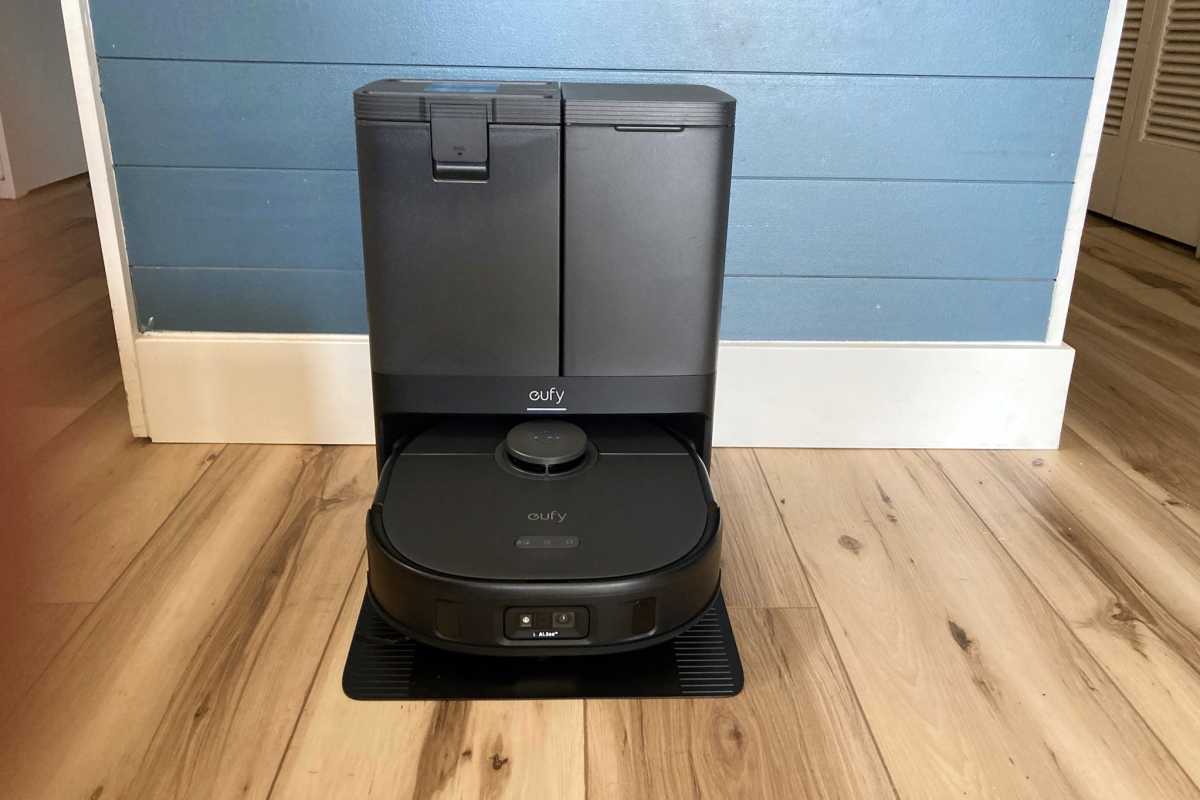
We measure how loud robot vacuums are during normal operation and when their self-emptying base stations are extracting debris from the vacuum.
Michael Ansaldo/Foundry
Noise level
The operational noise level of a robot vacuum is a significant consideration for many users. We use a decibel meter to measure how loud the robot is during normal operation, noting if it’s discreet enough to run during work calls or while watching TV.
We also assess the noise level of any self-emptying base stations, particularly when they are extracting debris from the vacuum. These sounds can sometimes be surprisingly loud, and our testing helps inform potential buyers about what to expect in terms of noise disruption.
App experience and smart features
Our evaluation of a robot vacuum’s companion app starts during the setup process. We observe how easy (or difficult) it is to connect the robot to Wi-Fi and whether there are any connection problems during operation as these impact the user experience as much as cleaning performance.
Throughout testing, we look at the intuitiveness of the app and how responsive the robot is to app commands. The ease of use and effectiveness of smart features such as mapping, scheduling, and virtual boundaries are also assessed.
Additionally, we look at how effectively robots integrate with smart home systems like Amazon Alexa or Google Home. We test the responsiveness to voice commands and app commands, looking for delays or failures in communication that could affect user experience.
Maintenance and durability
Long-term maintenance and durability are key factors that impact the overall value of a robot vacuum. During our testing period, we monitor how well each model holds up under regular use. This includes checking for wear and tear on components like brushes, wheels, and filters.
We also assess how easy it is to clean and maintain the robot, including the process of emptying debris bins and cleaning filters and sensors.
The availability and cost of replacement parts such as filters and brushes are also considered, as these can affect the long-term cost of owning the robot.
How we use our robot vacuum test results
After completing our extensive testing, we compile the data into detailed reviews that highlight both the strengths and weaknesses of each robot vacuum. Our goal is to provide a balanced view that offers potential buyers a clear understanding of how each model might fit into their lifestyle.
By testing in real homes and focusing on everyday challenges, we ensure that our reviews are not only comprehensive but also relevant to the needs and concerns of typical users, so they have the information they need to make informed decisions in a market that is rapidly growing and evolving.

